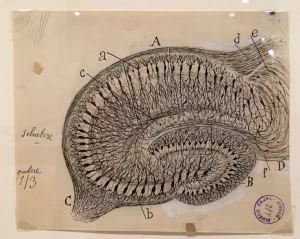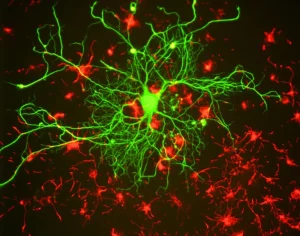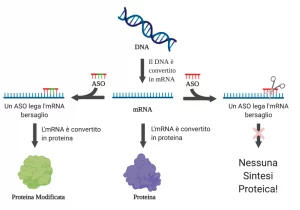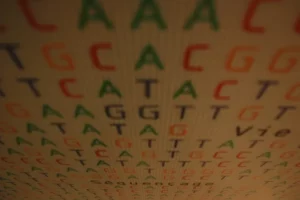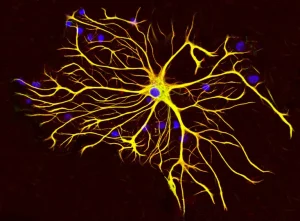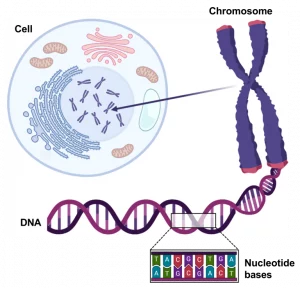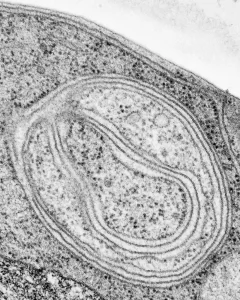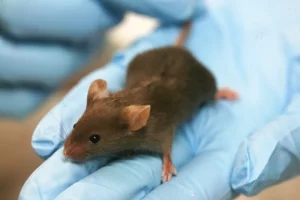
Snapshot: What is the balance beam test?
When you think of a balance beam, you might think of gymnastics. For humans, a balance beam is a surface where we perform jumps, flips, and other athletic feats. Whether it’s a child taking their first class, or an Olympic athlete going for gold, the balance beam requires both balance Read More…



